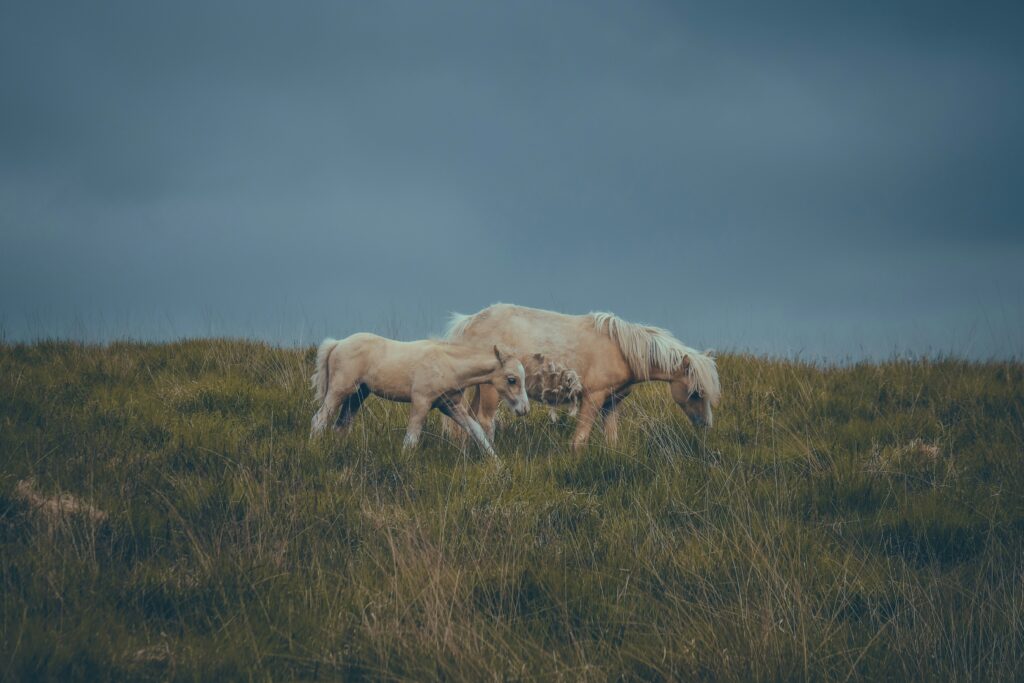
In the middle of the natural wonders, there is a hidden chaos lingering in the folds of our planet. It is not like that we are unaware of endangered species, but what steps are we taking to combat the challenges? Do we even understand what endangered species are?
In this blog, we set the stage for a comprehensive exploration of endangered species conservation. We’ll delve into the intricacies of endangerment, the profound impacts on ecosystems, and the urgent need for collective action to protect these invaluable creatures.
Understanding Endangerment:

Endangered species are those at risk of extinction, their populations dwindling due to various human-induced factors.
The International Union for Conservation of Nature (IUCN) categorizes species based on criteria such as:
- population size
- habitat loss
- rate of decline
For instance, the Sumatran orangutan, an iconic primate, faces imminent extinction due to rampant deforestation for palm oil plantations, pushing it critically close to the brink.
Iconic Endangered Species:

Certain species serve as poignant symbols of the plight faced by many endangered creatures.
For example, the giant panda, with its endearing black-and-white coat, has become emblematic of global conservation efforts.
Despite being an international icon, pandas remain endangered due to habitat fragmentation and bamboo depletion. Similarly, the majestic Bengal tiger, once widespread across Asia, now struggles to survive in fragmented habitats, threatened by poaching and habitat loss.
Even the magnificent blue whale, the largest animal on Earth, faces threats from:
- ship strikes
- entanglement in fishing gear
- ocean pollution
Jeopardizing their survival despite conservation efforts!
Impact on Ecosystems:

Endangered species are integral components of ecosystems, playing crucial roles in maintaining ecological balance.
As keystone species, their decline can trigger cascading effects throughout entire ecosystems.
For example,
- The decline of apex predators like wolves can lead to overpopulation of herbivores, resulting in habitat degradation and loss of biodiversity.
- Coral reefs, dubbed the “rainforests of the sea,” are vital marine ecosystems housing diverse species. However, coral reefs face extensive bleaching due to climate change, threatening the myriad species relying on them for survival.
Conservation Strategies:

Effective conservation strategies encompass a range of approaches aimed at mitigating threats to endangered species. Some of them are:
- Sanctuaries
Protected areas, such as national parks and wildlife reserves, provide sanctuaries for endangered species to thrive.
- Breeding Programs
Captive breeding programs also play a crucial role in preserving genetic diversity and providing individuals for reintroduction into the wild.
- CITES
International agreements like the Convention on International Trade in Endangered Species (CITES) regulate the trade of endangered species and their products, curbing illegal trafficking and exploitation.
Challenges in Conservation:
Conservation efforts face formidable challenges that hinder progress and exacerbate the plight of endangered species. Here are some of the challenges:
Expanding Human Population
Human-wildlife conflict arises as human populations expand into wildlife habitats, leading to conflicts over resources and territory.
For example, in regions like Africa, escalating conflicts between farmers and elephants result in retaliatory killings, further endangering elephant populations.
Political Instability
Funding constraints and political instability in regions also pose significant hurdles to conservation efforts, limiting resources for essential conservation activities such as habitat restoration and anti-poaching measures.
Role of Technology:

Technological advancements have revolutionized conservation efforts, providing invaluable tools for monitoring, research, and the protection of endangered species. Some of the recent technological advancements are:
- Satellite Tracking
Satellite tracking allows scientists to monitor the movements and behavior of endangered species across vast landscapes, providing crucial data for conservation planning.
- DNA Analysis
DNA analysis has enabled researchers to assess genetic diversity within populations and identify individuals for captive breeding programs.
- Citizen science
Citizen science initiatives have also engaged the public in conservation efforts, harnessing the collective power of volunteers to collect data on species distributions and monitor ecosystem health.
The Ethical Imperative:
Preserving biodiversity is not merely a scientific or economic endeavor but a moral imperative rooted in our ethical responsibility to protect the intrinsic value of nature.
Indigenous perspectives emphasize the interconnectedness of all life forms and the sacredness of the natural world.
Embracing an ethic of care and respect for all living beings is essential for fostering a harmonious relationship with the Earth and ensuring the survival of endangered species for future generations.
Community Involvement:
Effective conservation efforts require the active participation and support of local communities whose livelihoods are intertwined with the health of ecosystems. How?
- Empowering communities through education, capacity building, and sustainable livelihood alternatives will foster a sense of ownership and stewardship over natural resources.
- Also, collaborative partnerships between conservation organizations, governments, and indigenous communities leverage traditional knowledge and modern conservation practices to achieve shared conservation goals.
Looking Ahead: Hope for the Future:

Despite the challenges, there is cause for optimism as innovative conservation approaches and emerging technologies offer new avenues for protecting endangered species and restoring degraded ecosystems.
By harnessing the collective power of science, technology, and community engagement, we can overcome the threats facing endangered species and ensure a future where they thrive in harmony with their habitats and human societies.
Conclusion:
Endangered species are not just charismatic creatures but vital components of Earth’s intricate web of life. Their survival is intrinsically linked to our own, and protecting them is both a moral imperative and a practical necessity.
Through collaborative conservation efforts rooted in science, compassion, and community engagement, we can secure a future where endangered species not only endure but flourish, enriching our world with their presence for generations to come.
Let us heed the call to action and work together to preserve the precious lives that sustain our planet’s biodiversity!

